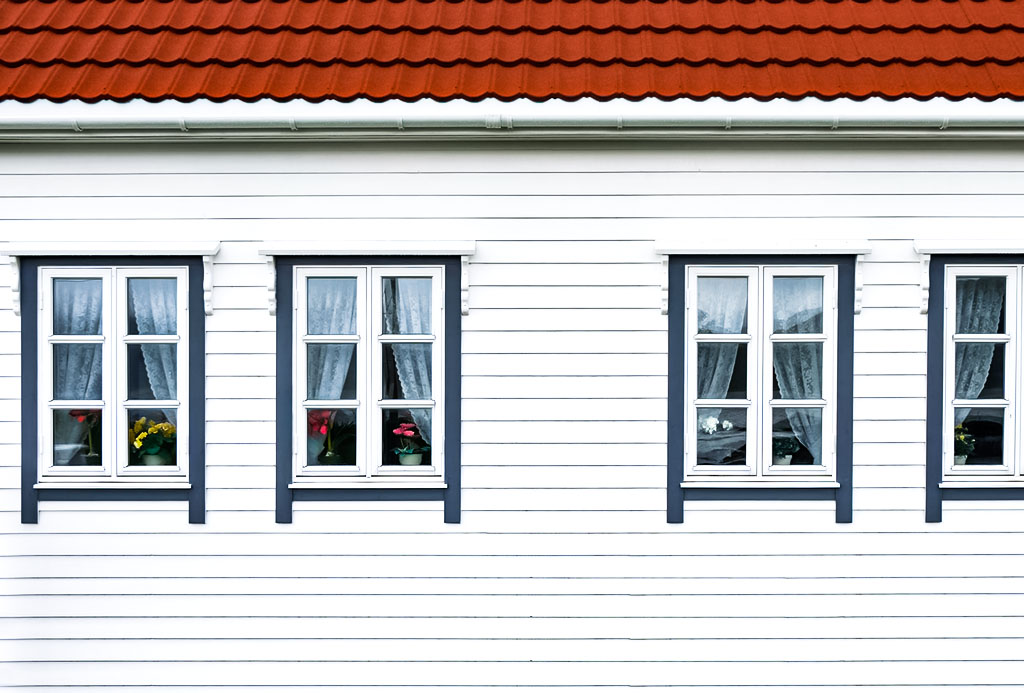Different types of membranes for flat or low-slope roofs
What is an Membrane roof? And how do they work?
Membrane Roofing is a kind of roof that forms an ongoing watertight barrier to ensure the safety of the building's interior. Membrane roofing is commonly used as a flat roofing style due to their watertightness, which is essential in locations where water does not evaporate rapidly. They can also be used on roofs that have low pitches where shingled slate or tiled roofing is unsuitable.
Installing Single-Ply Membrane to a flat Roof in Progress
The substructure (wood concrete, wood, or steel) is situated below the main roofing layers, as are plywood, insulation underlays, vapour barriers, and so on put in by roofing contractors from york pa.
-
Membranes to Build-Up Roofs (BUR).
For decades, built-up roof membranes (abbreviated as BUR) are used successfully on flat roofs. While the roofing industry is moving towards single-ply membrane roofing, there is still the market for BURs.
BURs are composed of layers of bitumen, coal tar and reinforcing material sheets. They are also referred to as Gravel and Tar Roofs. Plies are the name for each layer. The roofing conditions and other features it could be made up of multiple plies.
The felts used for reinforcement are applied with bitumen, which is sprayed to infuse the sheets. The felt rolls are 3'-0" and each layer being overlapped in the appropriate amount as per specifications of the manufacturer. On roof edges and transitions, more overlap is necessary, but throughout the main roof surface the overlap should be less.
-
Modified Bituminous Membrane Roofing
Modified bitumen roof membranes are also known as polymer-modified roof membranes. They have been used since the 1960s for replacing older roof systems. Installation is made easy by the fact that both the bitumen binder (and reinforcing fabric) are packaged on a single roll.
Polymer-modified bitumen roofing material like the name suggests comprise polymer additives in the bitumen that make it stronger, more flexible or resilient to heat. In the end, it's crucial to choose the right sort of modified bitumen membrane for your job. Architects should get guidance from the manufacturer regarding the ideal product to select.
To ensure waterproofness, modified bitumen roofing (such as BUR roofs) are typically constructed in multiple layers (usually two or three layers). In a two-ply application, a base sheet is fixed by glue or mechanically and then a final smoothed layer is added. In three-ply applications the foundation sheet is first laid. The reinforcing plywood is followed by the sheet.
Modified bituminous roofs as unlike BUR, feature a simpler installation process that is less susceptible to problems. Installers must however ensure that the roll is correctly heated prior to being rolled down. These roofs have been in use for a long time and are thought to be extremely strong roofs when installed correctly.
Modified bitumen system like BURs are hazardous for the environment and workers because of the chemicals employed. While torch-applied bitumen has less odour than hot-mopped, the vapours can be hazardous.
-
Modified SBS Roof Membrane Bitumen
In their completed state, styrene-butadiene-styrene (SBS) membranes are more flexible (elastic). SBS membranes can be used in conjunction with hot-mopped, asphalt, like BUR membranes. There are also peel-and-stick roofing materials.
SBR membranes are also referred to as styrenebutadiene membranes. If you are referring to a "rubber roof" it could refer to a modified bitumen roofing, while others could refer to a single-ply EPDM roofing. We will cover this further below.
-
Modified Bitumen Roof Rolls using Torch Application
Thermoplastic is one type of thermoplastic.
Single-ply roofs are constructed up of big sheets of material which are connected to form a one-piece membrane. Because there is just one weathertight coating, the proper placement of seams, gaps, and transitions is crucial to stop leaks. The single-ply methods we describe in this article are commonly used on the majority commercial flat roofs constructed today.
If seams are examined and repaired on a regular basis If they are correctly placed and maintained single-ply membrane could last more than 30 years. The thickness of the membrane also plays a role in the durability. A membrane that is thicker will last longer but are more expensive. Finally, because roofs are shortened by exposure to extreme weather conditions, it is critical that flat roofs slope to drains from the roof and that the ponded water is removed within 48 hours.
Roof with a Fully Adhered Single-Ply Membrane
Mechanically-attached membranes are attached to the substrate. They provide resistance to uplift and are less susceptible to leaks. A batten bar or disc fastener can penetrate the membrane in the majority of cases, and is followed by a welded patch which ensures a perfect seal. Non-penetrating fasteners are also available for certain membrane types. To ensure that penetrations are sealed correctly, installers must exercise extreme care.
|
Burns Home Improvements: How to Keep Your Roof Safe from the Snow and Ice this Winter
|
elizabethtown, pa christmas lights
commercial roofing lancaster pa
roofing in lebanon pa
siding contractors lancaster, pa
lancaster roofers
Burns Home Improvements
Elizabethtown, PA 10722, United States.
717-804-6478

